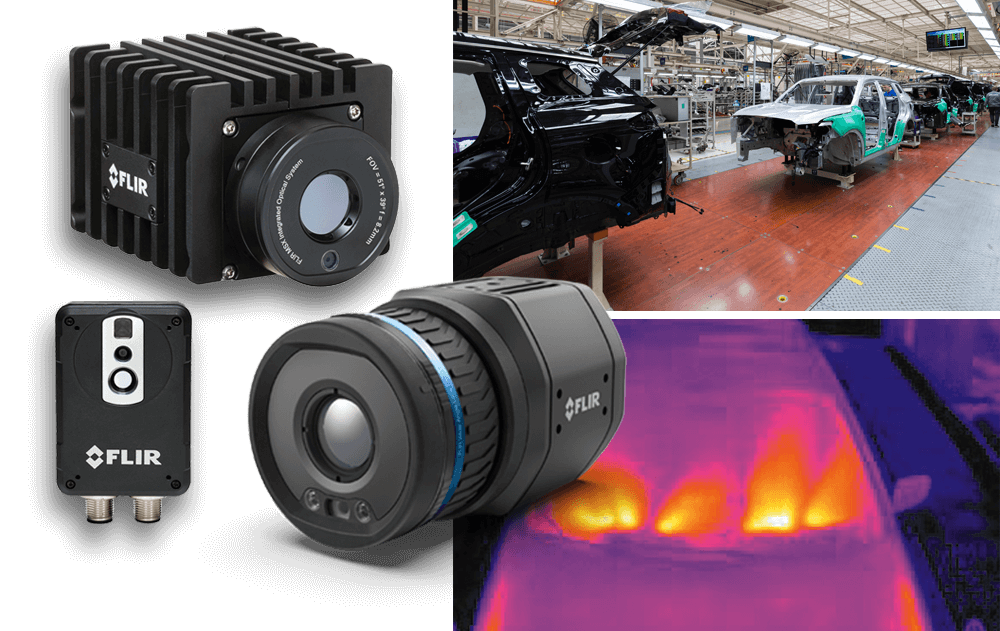#statusMessage#
Do you want to start the compare now?
#statusMessage#
Do you want to start the compare now?

With the increasing importance of renewable energies in the wake of climate change, solar energy is moving further into ...

The complexity of military radios and the often harsh weather conditions have a negative impact on the reliability of ra...

Automation with thermal imaging technology has proven to be a reliable solution for quality control in various industrie...

In diesem exklusiven Whitepaper erfahren Sie, wie Sie mit der richtigen Messtechnik arbeiten: ✔ Sie realisieren ein Test...
Manufacturer number: 62180H-1800S
| AC input: | 200 V - 480 V |
|---|---|
| Additional functions: | Solar system simulation function |
| Article number: | 62180H-1800S |
| Autorange: | No |
| Bidirectional: | No |
| Dimensions (L x W x H) (mm): | 660 x 428 x 132,8 |
| Interfaces: | USB, RS-232, RS485, Ethernet optional: GPIB |
| Model: | 62180H-1800S |
| Protective devices: | OVP, OTP, Current Limit |
| Weight (kg): | 40 |
| max. Power (A): | 30 |
| max. Voltage (V): | 1800 |
This photovoltaic panel simulator 62180H-1800S is specially designed for testing photovoltaic converters that adapt the energy supplied by the photovoltaic panel to the supply network. With this device, the IU characteristic curve can be simulated according to the different materials of the photovoltaic panels, as well as the different weather conditions. With this series, output voltages of up to 1000 V and currents of up to 40 A are possible. A total of up to 15 kW of power can be required of the individual device. Up to 10 devices can be connected in parallel. This is made possible by a very fast and precise implementation of the IU characteristic using 100 kHz A / D and a 25 kHz D / A converter with an integrated digital filter. This power supply unit can also very quickly absorb and compensate for the ripple of the PV converter originating from the grid.
Simulation of a PV converter
This power supply unit can precisely simulate the IU characteristic of a PV converter. There are influences which determine a characteristic from the family of IU characteristics and which determine the respective operating point on this characteristic. Influences are e.g. B. the weather conditions as well as shading by trees etc. or the materials from which the active layers of the PV panels are made. The characteristic curve is determined via the basic parameters such as the open-circuit voltage Uoc and the short-circuit current Isc of the panel as well as the value pair Imp and Ump (mp = maximum power) for the maximum power. To do this, however, the material of the active panel layers used must be entered, such as B. crystalline, multicrystalline and thin film structures with the Füllgaktor: (Imp * Vmp) / (Isc * Uoc). The MPPT tracking algorithms (Maximum Power Point Tracking / characteristic curve point of maximum output power for a panel) can then be determined by the device.
Furthermore, a characteristic curve can be characterized by a maximum of 4096 points, which can be transferred to the device and saved via an Excel file.
Weather simulation
To test PV converters, it is essential to carry out a weather simulation. The devices of the 62000H series can be used to simulate real weather conditions, including heat radiation. The more precisely the PV converter can be adjusted to the weather and temperature conditions, the higher its efficiency. The MPPT is therefore one of the essential factors for testing the PV converters. With the devices of this series it is possible to save up to 100 different IV curves. The corresponding time intervals can be set from 1 to 15,000 seconds, so that a simulation can take place over a whole day.

With the increasing importance of renewable energies in the wake of climate change, solar energy is moving further into ...

Power supply units are as diverse as their areas of application. What do you personally use your power supply unit for? ...


